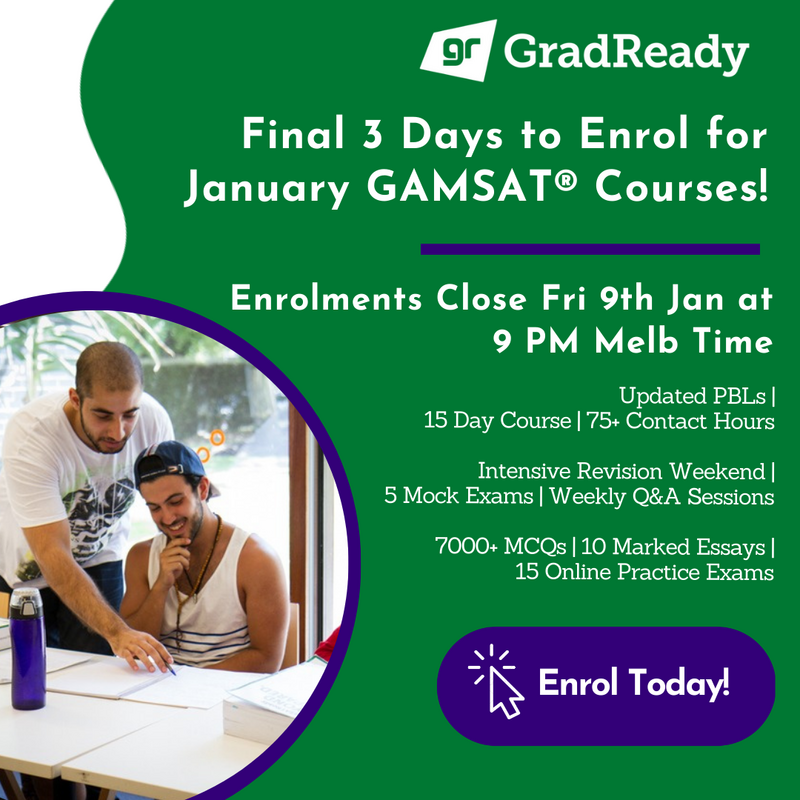As we've discussed in this series of speciality pathway articles, though many of you may be currently tackling medical school applications, it’s never too early to start casting an eye towards your future career choice. This is not only important to shine some light on the end of an awfully long tunnel, but also for pragmatic considerations as for a vast majority of specialties you need to plan early. Long gone are the days where a recently post-graduate, junior doctor could stick their hand up and enter a training program – in the current environment, there are hundreds of hopefuls every year vying for the 1-10 training spots nation-wide in each specialty.
Next in our ‘When I grow up’ series, we take a look at the highly popular career choice of an anaesthetist. Although being both difficult to pronounce and to spell, anaesthetics is a highly competitive field that is surging in popularity. The College of Anaesthetists are still accepting a reasonable number of applicants per year into the training program (478 in 2001 – which would be similar currently), but there are many attractions driving huge amounts of newly graduated junior doctors into the specialty, meaning it will most likely be just as competitive as surgical positions very soon!
Anaesthesia is not simply ‘putting the patient to sleep’. The anaesthetist in the operating room environment is responsible for monitoring all aspects of the patients care, and basically keeps the patient alive during surgery. Anaesthetics have also moved strongly into fields such as pain management, and are experts in keeping airways patent. The anaesthetist may seem like they have a fairly ‘slow’ job in the operating theatre; however, although they may effortlessly control all aspects of the patients’ bodily functions, they have to be on-hand immediately if something goes wrong. They are the masters of critical care, and will be called on immediately if an emergency situation arises.
This specialty is becoming very popular as it has a really fundamental physiology focus – as they control all aspects of the patients life whilst they are being operated upon, they have to have an extremely high knowledge of physiology and pharmacology. For those of you who were really fascinated by these areas at university, anaesthetics may be for you! Besides the technical aspects of the career, it is also much more lifestyle-friendly. Typically, anaesthetists have standard working hours that don’t get blown out of proportion, as seen in most other specialties. Thus, they are able to have a much more ‘functional’ life around their work – due to the increased focus on lifestyle flexibility in the current generation of young people, anaesthetics is becoming very popular.
Just as every specialty we review in these blogs, it is somewhat important to start working towards the end goal whilst in medical school. This may be simply getting to know some anaesthetists through shadowing them as extra-curricular experience (they are normally great teachers!), getting started in pain/pharmacology research, or being involved in your anaesthetics/surgical society!
Check out these links for some of the other speciality pathways we've discussed: medical educator, researcher and administrator.
Check out our GAMSAT To Med School Podcast for more interesting news, tips & tricks about the GAMSAT, applying to medical school, and life at med school.






